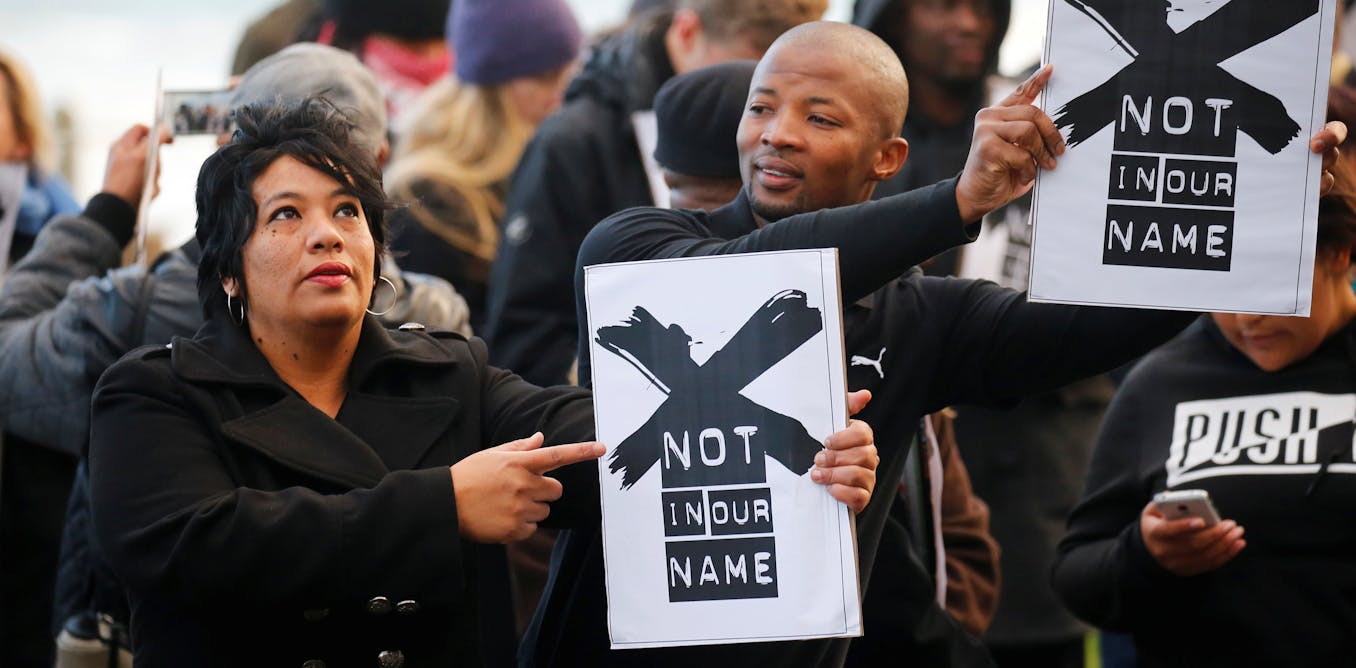
- Select a language for the TTS:
- UK English Female
- UK English Male
- US English Female
- US English Male
- Australian Female
- Australian Male
- Language selected: (auto detect) - EN
Play all audios:
A new UN report on drone strikes and targeted killings by the UN Special Rapporteur on extrajudicial executions has been published, ahead of a UN General Assembly debate scheduled for
October 25, 2013. (A related report by the UN Special Rapporteur on counter-terrorism is not yet publicly available). The new report by UN Special Rapporteur Christof Heyns was prepared in
consultation with numerous international legal experts, and builds upon the influential 2010 report on targeted killings by Heyns’ predecessor and _Just Security’s _Philip Alston. The Heyns
report begins by noting that “there is broad agreement that drones themselves are not illegal weapons,” but that there is dispute about their use and the relevant international law (¶13).
The report does not argue for new laws to govern drone use, finding that existing law provides an “adequate framework.” It describes the key legal frameworks that govern any use of lethal
force, advocating a holistic approach to the three frameworks of inter-state use of force, human rights law, and humanitarian law – seeing them as complementary regimes to protect life
(¶24). The report reflects the concerns of many in the international community about novel and wide US justifications for the use of lethal force, as well as about the potential of drones to
facilitate an expansion of targets and a lowered threshold for the willingness to resort to military force. Heyns argues: “If the right to life is to be secured, it is imperative that the
limitations posed by international law on the use of force are not weakened by broad justifications of drone strikes.” The report sets out the main areas of current legal controversy and the
UN Special Rapporteur’s views on these issues, including: the extraterritorial applicability of human rights law (¶¶42-51); the objective legal criteria for the existence of an armed
conflict (¶¶55-58); co-belligerency and associated forces (¶¶59-63); the legal (im)possibility of a “transnational” non-international armed conflict (¶¶64-66); the conduct that makes an
individual targetable under humanitarian law (¶¶67-74); whether the laws of war require capture rather than killing (¶¶77-79); the consent and self-defence bases for extraterritorial use of
force (¶¶82-94); and states’ transparency and accountability obligations (¶¶95-101). The report also specifically addresses the controversial practices of signature strikes (¶72) and
follow-up strikes (¶73), finding that both raise concerns, but that legality must be assessed on a case-by-case basis. Key recommendations in the Heyns report include: * States must be
_transparent_ about the development and use of armed drones, and publicly disclose the legal basis, targeting criteria, and any civilian casualties (¶108). * States must ensure they observe
the rule that if there is _doubt as to civilian status_, the person must be considered a civilian (¶109). * States that justify extraterritorial force on the basis of _“self-defence”_ should
report such force to the UN Security Council (¶113). * States should _capture rather than kill_ during armed conflict where feasible (¶114). * If a state _consents to force_ on its
territory by another state, it should do so openly and clearly (¶116). * _Civil society_ should continue and expand its monitoring of drone use (¶118).







